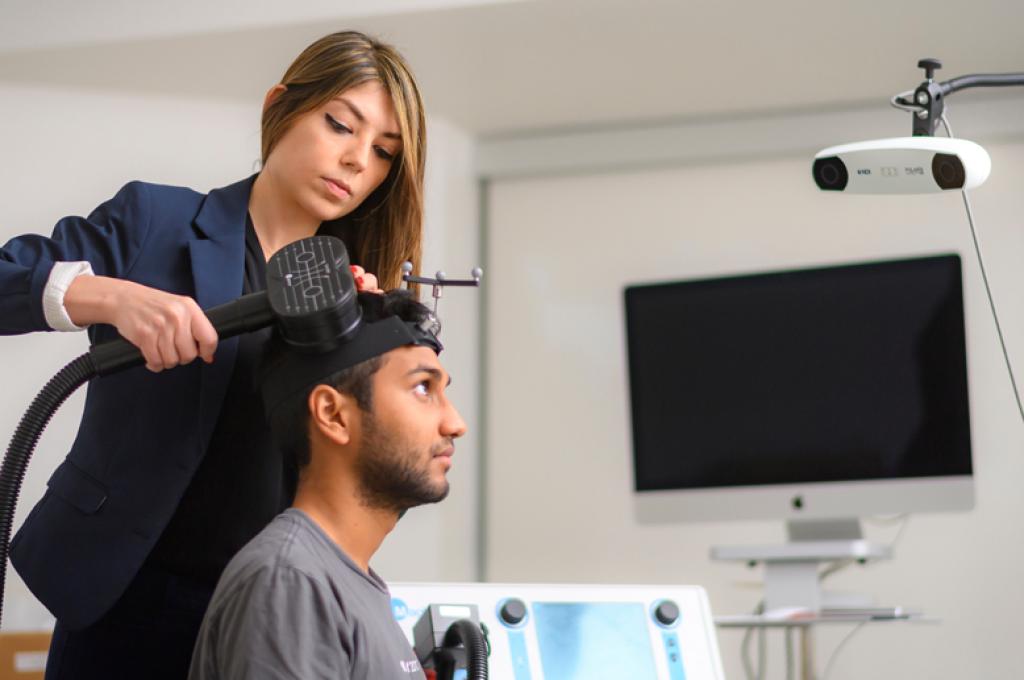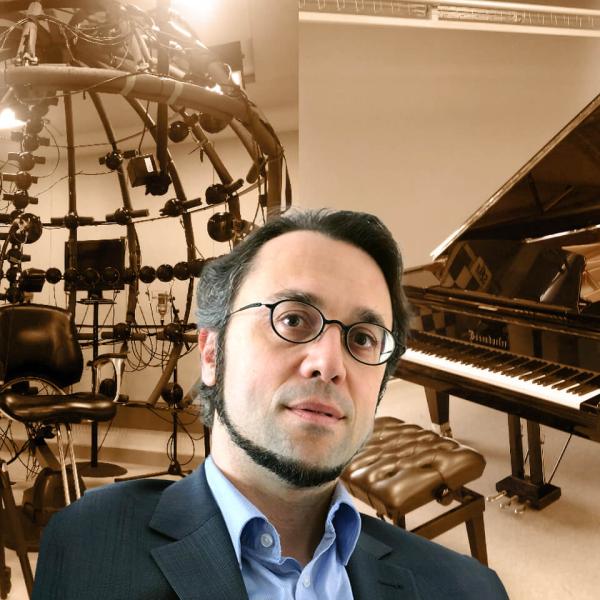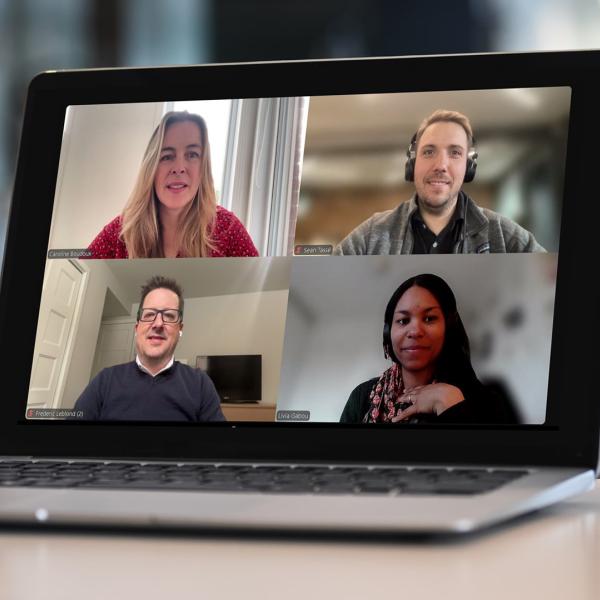[FARZAN] The problem we have with depression in general, and includes … adult depression, is that there are lots of treatments but it takes years before clinicians could identify which treatment could work better for which patient.
So the process of offering the treatment to patients is very trial-and-error and it’s not objective. It’s not like you go and get your blood drawn or you get some sort of neuroimaging done and someone says okay, this is the right treatment for you, right? And in order to answer this big question, we need to see the data, bigger initiative.
We just published a paper … right before COVID, in January 2020, showing that in fact, using the technologies, we can actually predict which a patient with depression is going to respond to the treatment.
I’m not sure if you’ve had anyone impacted by depression, a lot of us do because it’s just so prevalent. It takes months before the treatments are showing their effect.
And the million dollar question is: Before the patient started treatment … before even the treatment starts is the treatment going to be successful for this patient or not?
The technologies … can actually tell us with 80 percent accuracy, okay, this person is a good candidate for this. We were the first to publish this work and this is a very hot area.
The big picture view here is to save people time from spending time in untreated depression, which leads to suicide, which leads to time away from work and [this is] very costly stuff for the society, quite costly.
Once we activate the nervous system, we can look at its behavior and its function. We do that by another technology called electroencephalography (EEG), which we use to quantify the activation of the nervous system. We stimulate different parts of the brain and study the reaction. We ask: “How do specific circuitries look in the brain of youth with depression versus healthy youth? What brain circuity is underlying this particular illness? And, can we modify them to create a behavioural change?”
We also run studies with community partners on addiction recovery programs. We have portable equipment that allows us to record signals outside the lab in an individual’s home or real-life environment.
It’s like your doctor tapping your knee to check your reflexes. We do pretty much the same thing, but with the brain. How do certain circuitries look in a brain of an individual who has depression versus those who don't. We compare those to see what is impaired, what doesn't seem to be the same.
CFI: What sorts of questions are you trying to answer?
Farzan: For example, in an addiction recovery program we can look at the brain activity as they’re engaged in therapy and follow them over time to see how the brain is changing in response to different treatments. We also want to know if we can we predict who is going to respond to what treatment and also to predict who is going to have a relapse and when are they safe to go back to their normal life. Can we predict that from looking at brain waves and brain circuitries and how they evolve over time?
These kinds of questions aren’t new — we’ve been asking them for centuries. We haven’t found the answer to them because we haven’t had the right methodology. eBrain Centre is all about using new methodologies to answer these questions. What is depression? What is addiction? Can we predict what treatments will work?
CFI: You’re particularly interested in mental health and addiction in young people. What is it about the 18- to 24-year-old brain that makes it so vulnerable?
Farzan: The brain develops well into our twenties. Somewhere between 16 to 29 years old the brain is undergoing its final modifications. It's one of the last things that evolves as we become adults.
Also, if you think about the social aspect, that's about the age when you leave home and you go out into society. So your environment changes and any change in the environment challenges the brain to find its stability again.
Then you have a third element and that is peers. So become less influenced by your family and more influenced by society. This is also when individuals start experimenting with drugs and alcohol.
In addition to all of that, youth, for instance youth depression, are less likely to respond to pharmaceutical interventions as they can create some unwanted side effects. So all of this happens at the same time, and that's what makes this age really important to attend to.
COVID-19 has especially impacted youth — the 16- to 24-years age group — as it has deprived individuals of much needed social connection and control over their future. They are struggling and may reach out for drugs. As a result of COVID-19, we're going to see a surge in mental health issues.
CFI: What motivates you?
Farzan: My motivation is to reduce human pain and suffering. You see young folks taking their own lives to suicide; it must be an unbearable amount of pain and suffering that drives someone to that edge. So this really gets me going — to prevent that.






